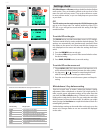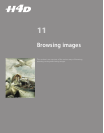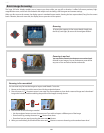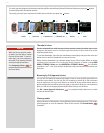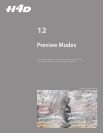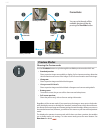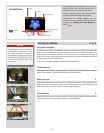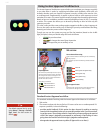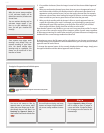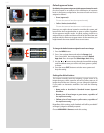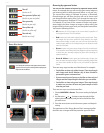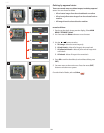
72
H4D
Histogram Mode 1, 2, 3
Usingthehistogram
The histogram provides a graph that indicates the total number of pixels at each bright-
ness level, with brightnesses going from black on the left to white on the right. It is a
valuable tool for evaluating captures. A well-exposed shot usually has a full range of
levels, while under- and overexposed shots tend to show levels concentrated at the left
or right part of the scale, respectively.
Look at the histogram examples and the explanations below:
Underexposure 1
A histogram display that is concentrated on the left with few pixels elsewhere indicates
a likely underexposure. Many details will be lost in the shadows.
Even exposure 2
A histogram display that is spread across the full range indicates a likely good exposure.
There may still be a few pixels at the extremes, indicating a few spectral highlights and
saturated shadows, but this is often normal in a good exposure.
Overexposure 3
A histogram display that is concentrated on the right with few pixels elsewhere indicates
a likely overexposure. Many details will be lost in the highlights.
The Standard Preview display is the one shown
when you rst turn on the camera and is
probably the view you will use most often.
It shows a preview of your most recent capture
and basic information about the settings.
Furthermore, the display enables you to
navigate the menu system and make camera
settings; see Working with the Menus for
details
.
ISOsetting
Whitebalance
Currentstoragemedium
Buttonlabel
Imagelename
Storagecapacity
(Shotstaken/shotsremaining)
Approvalstatusandbrowse
ltersetting
Standard Preview
Note
The histogram is only an indicator
that should be interpreted – there
are many situations in which a
questionable histogram will match
an exposure that is perfectly accept-
able for the intended eect (and
vice-versa).
1
2
3



